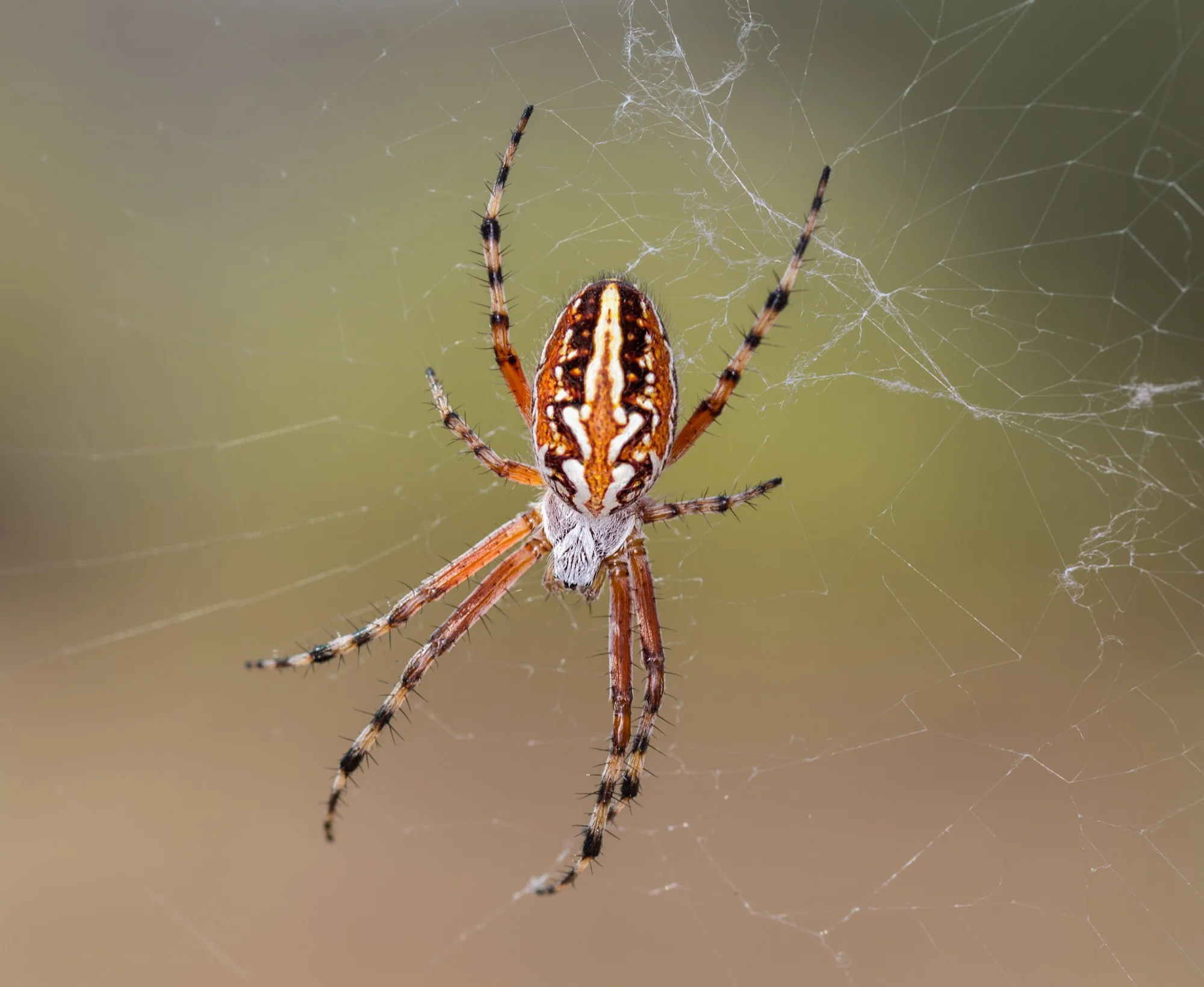A scientific breakthrough at Georg-August-Universität Göttingen unfolds the intricate development of male spiders’ pedipalps with advanced imaging techniques
Göttingen, Germany, 2023 – A team led by researchers from Georg-August-Universität Göttingen has made a remarkable discovery elucidating the formation of the male copulatory organ in spiders, a crucial element in arachnid reproductive biology. The study, published in Scientific Reports, highlights the pedipalp bulb’s species-specific morphology playing a vital role in species recognition and prezygotic reproductive isolation, a testimony to the astounding intricacies of arachnid evolution. (DOI: 10.1038/s41598-019-43192-9)
Unraveling the Mysteries with Cutting-edge Technology
The researchers implemented confocal laser scanning microscopy (CLSM) and diffusible iodine-based contrast-enhanced micro-computed tomography (dice-µCT) to probe the development of the pedipalp bulb in ‘Parasteatoda tepidariorum’ spiders. These innovative imaging techniques have allowed for an unprecedented in situ examination of bulb development without necessitating any destructive procedures.
Metamorphosis-like Mechanisms at Play
The study showed that during the subadult phase, the spider’s inflated pedipalp tip is engorged with haemolymph that swiftly coagulates, signifying histolytic processes analogous to those seen in the metamorphosis of holometabolous insects. The coagulated mass harbors cell inclusions likely to represent the cells that reconstruct the tarsus and tibia post-histolysis, paralleling the histoblasts in insect metamorphosis.
Interestingly, the morphology of the coagulated substance presages the adult tarsus (cymbium) configuration, functioning as a template for the histoblasts. This study proposes a distinctive role for controlled coagulation after histolysis in the metamorphosis-like morphogenesis of the male pedipalp.
An International Collaborative Effort
The discovery is attributed to the combined efforts of Felix Quade, Jana Holtzheimer, Jasper Frohn, Mareike Töpperwien, and Tim Salditt from the Georg-August-Universität Göttingen, alongside Nikola-Michael Prpic, who is cross-affiliated with the Justus-Liebig-Universität Gießen.
The Significance of the Discovery
Understanding the development of the male pedipalp bulb not only sheds light on spider biodiversity but also provides insights into the evolution of arachnid reproductive structures. The male pedipalp bulb is an intriguing structure exclusive to spiders, signifying a pivotal mechanism that ensures species-specific mating, thus playing a key role in the diversification of these creatures.
Implications and Future Research
This groundbreaking research paves the way for further exploration into the genetic controls and evolutionary pressures that shape the development of this specialized organ. The adoption of non-destructive imaging techniques like CLSM and dice-µCT bears potential for a wider application in the study of soft tissues and complex morphogenesis in other arthropods and possibly other taxa.
Keywords
1. Spider pedipalp development
2. Metamorphosis in spiders
3. Male spider reproductive organs
4. Parasteatoda tepidariorum morphology
5. Spider species reproductive isolation
References
1. Quade, F., Simon, C., Holtzheimer, J., Frohn, J., Töpperwien, M., Salditt, T., & Prpic, N. M. (2019). Formation and development of the male copulatory organ in the spider Parasteatoda tepidariorum involves a metamorphosis-like process. Scientific Reports, 9, 6945. https://doi.org/10.1038/s41598-019-43192-9
2. May, R. M. (1988). How many species are there on earth? Science, 241(4872), 1441–1449. https://doi.org/10.1126/science.241.4872.1441
3. Budd, G. E., & Telford, M. J. (2009). The origin and evolution of arthropods. Nature, 457, 812–817. https://doi.org/10.1038/nature07890
4. Pechmann, M., Khadjeh, S., Sprenger, F., & Prpic, N. M. (2010). Patterning mechanisms and morphological diversity of spider appendages and their importance for spider evolution. Arthropod Structure & Development, 39(6), 453–467. https://doi.org/10.1016/j.asd.2010.07.007
5. Eberhard, W. G., & Huber, B. A. (2010). Spider genitalia: Precise maneuvers with a numb structure in a complex lock in The evolution of primary sexual characters in animals. Oxford University Press.
This article offers an in-depth look at the complex development of male spider copulatory organs, showcasing the powerful potential of modern imaging techniques in revealing the hidden facets of arachnid biology. The findings contribute significantly to our comprehension of morphogenesis and species divergence in the arachnid world, further pushing the boundaries of evolutionary biology.
